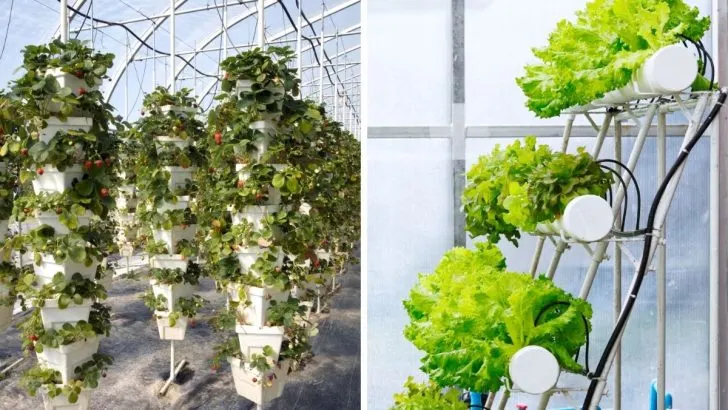In the quest to ensure food security for a rapidly growing global population, hydroponics is emerging as a pivotal player.
This innovative method of growing plants without soil is not just a futuristic concept; it’s a practical solution that is already being implemented across the world.
Hydroponics offers the potential to produce food in areas with poor soil quality and limited space, making it an invaluable tool for urban, arid, and densely populated regions.
At its core, hydroponics represents a shift in the way we think about agriculture. By using water enriched with essential nutrients, plants can thrive in a variety of settings, from urban rooftops to desert regions.
This approach not only conserves water—often up to 90% less than traditional farming—but also allows for year-round cultivation, independent of seasonal changes.
In times of climate unpredictability, this could be crucial.
Why Hydroponics Matters
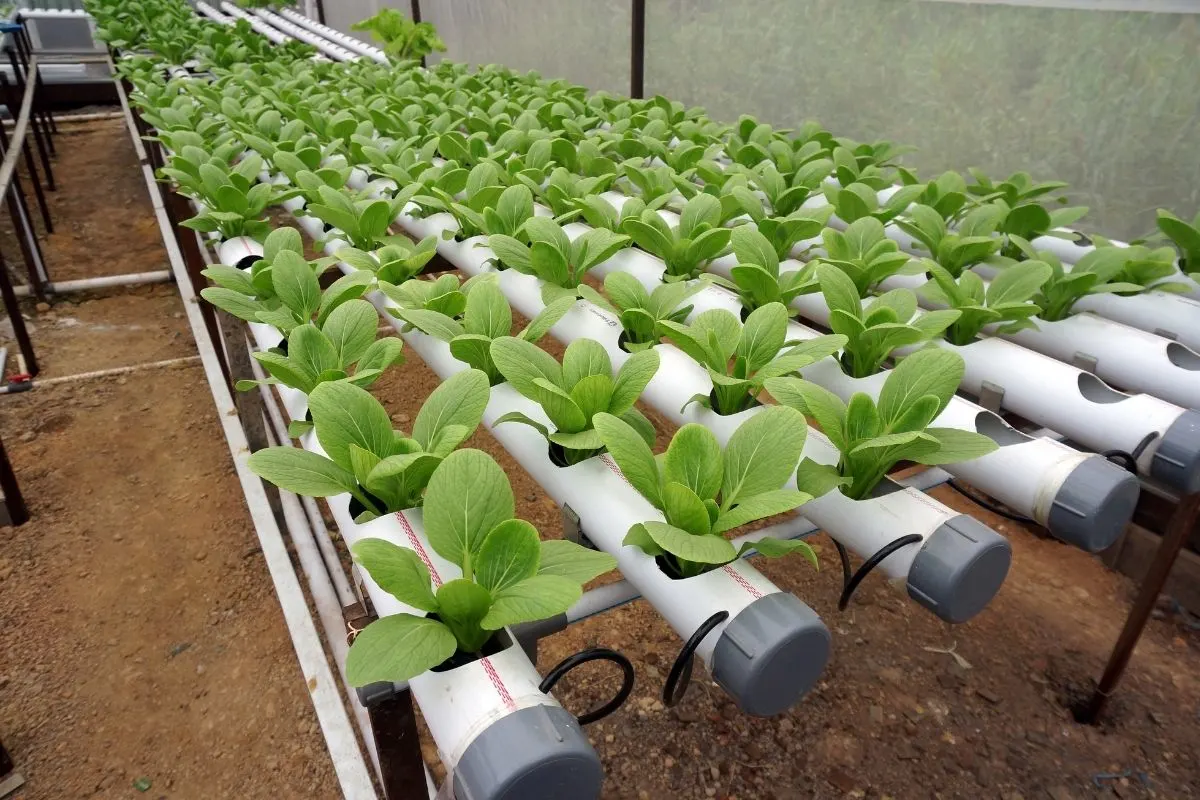
The beauty of hydroponics lies in its ability to overcome geographical and environmental limitations. Traditional agriculture is heavily reliant on soil, weather conditions, and geographical location.
Hydroponics, however, bypasses these barriers by providing a controlled environment where plants can flourish. This method is not just about avoiding soil; it’s about optimizing growth conditions to achieve higher yields.
Moreover, as urban populations swell, the space for traditional agriculture is shrinking. Hydroponic systems can be installed in urban settings, such as rooftops or vacant lots, turning unused spaces into productive areas.
This not only reduces the carbon footprint associated with transporting food from rural to urban areas but also enhances the availability of fresh produce in city centers.
The Science Behind Hydroponics
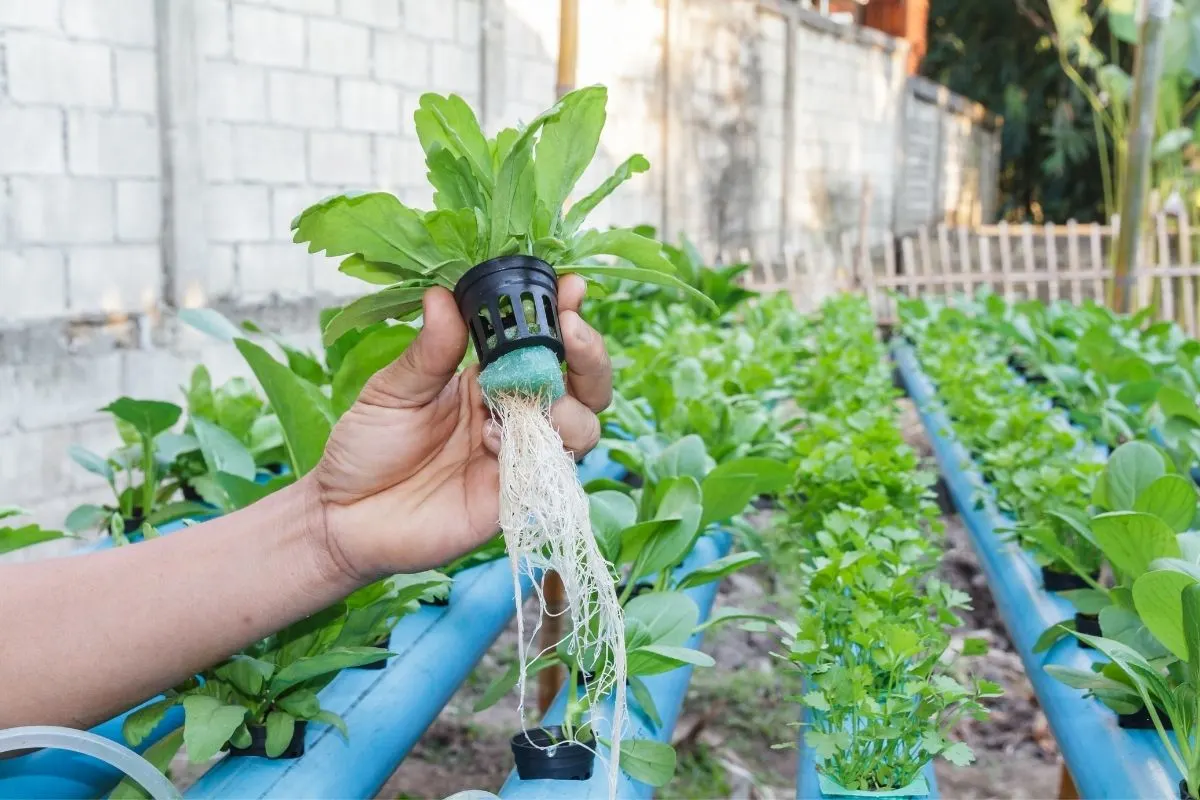
Hydroponics utilizes a nutrient-rich water solution that delivers essential minerals directly to plant roots. Unlike traditional farming, which is constrained by soil fertility, hydroponics allows for precise control over nutrient levels.
This meticulous management results in faster growth rates and higher yields, making it an efficient agricultural practice.
There are several methods within hydroponics, such as nutrient film technique (NFT), deep water culture (DWC), and aeroponics, each catering to different plant types and environmental conditions.
For example, the NFT system is ideal for leafy greens, whereas DWC is better suited for heavier plants. Each of these systems can be tailored to maximize the growth potential of specific crops.
Challenges and Considerations
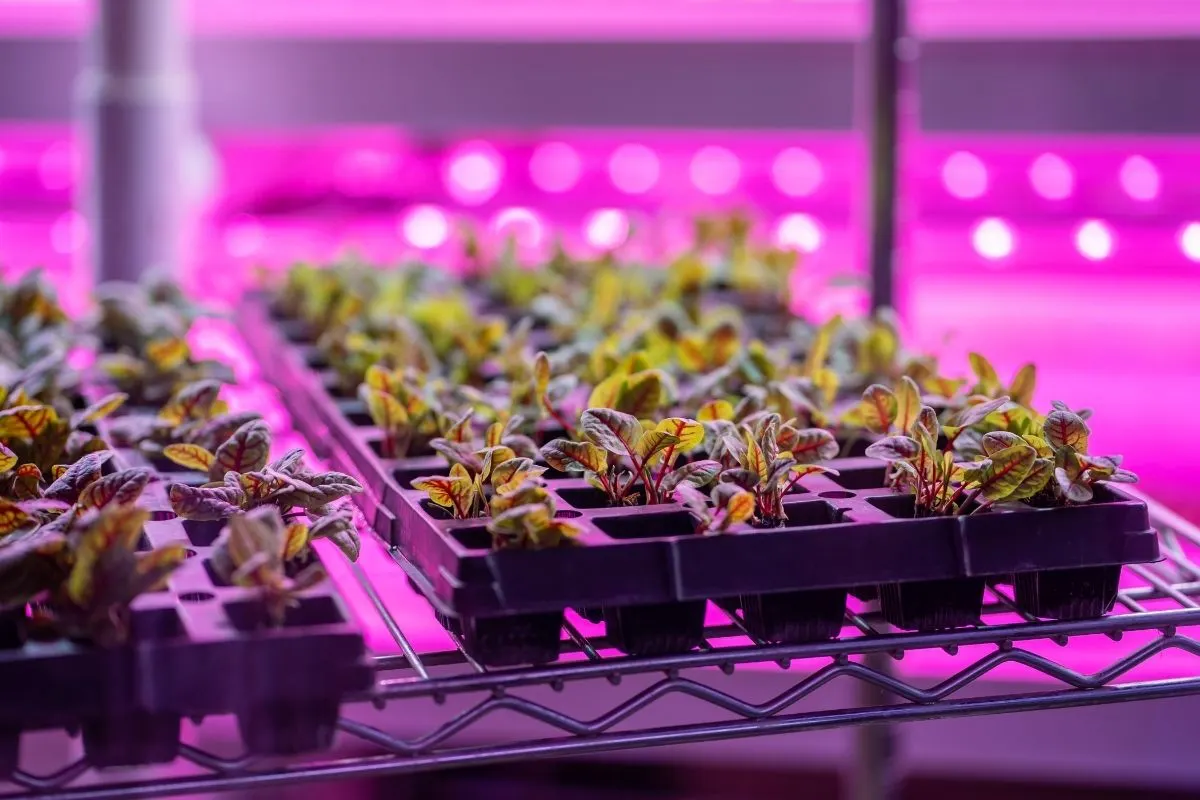
While hydroponics presents numerous benefits, there are challenges that need to be addressed. The initial setup cost of a hydroponic system can be higher than traditional farming methods, which may deter small-scale farmers or developing regions from adopting this technology.
However, the long-term savings in water and fertilizer, as well as increased crop yields, can offset these initial investments.
Additionally, maintaining the optimal balance of nutrients in the water requires careful oversight and technical knowledge.
Systems must be regularly monitored to prevent issues such as root diseases or nutrient deficiencies, which can affect plant health.
Despite these challenges, the scalability and customizability of hydroponic systems make them an attractive option for future food production.
The Path Forward
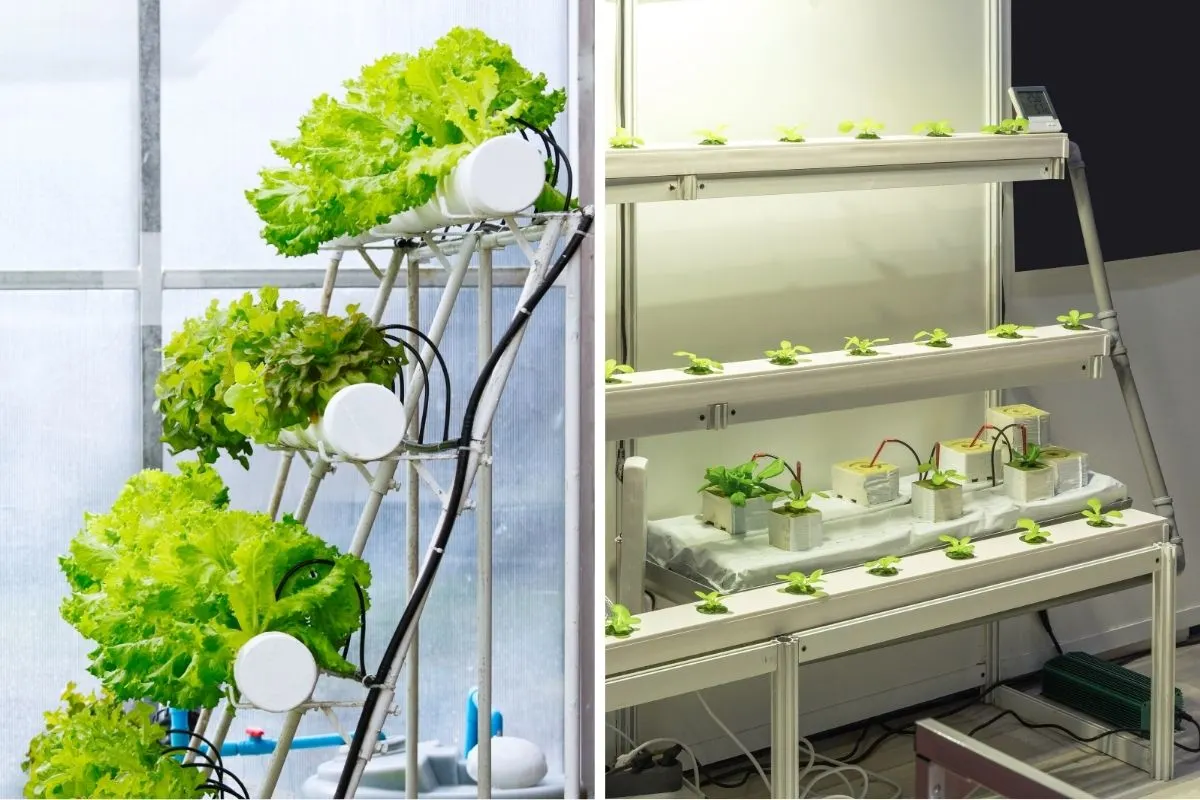
As we look to the future, integrating hydroponic farming with traditional agriculture could provide a sustainable solution to meet the world’s food demands.
Governments and private sectors are investing in research and development to enhance accessibility and efficiency. Furthermore, by combining hydroponics with renewable energy sources, the environmental impact can be further minimized.
Education and awareness will be key in driving the adoption of hydroponics. Communities need to be informed about the benefits and potentials of this technology to gain widespread acceptance and implementation.
As more people embrace this method, the collective impact could transform our approach to food security.
In conclusion, hydroponics offers a promising pathway toward resilient and sustainable food systems.
Whether it’s feeding a growing urban population or providing fresh produce in areas where traditional farming is impossible, hydroponics holds potential that could fundamentally change our future.
It’s time to consider how we can integrate this innovative solution into our global agricultural strategies.

